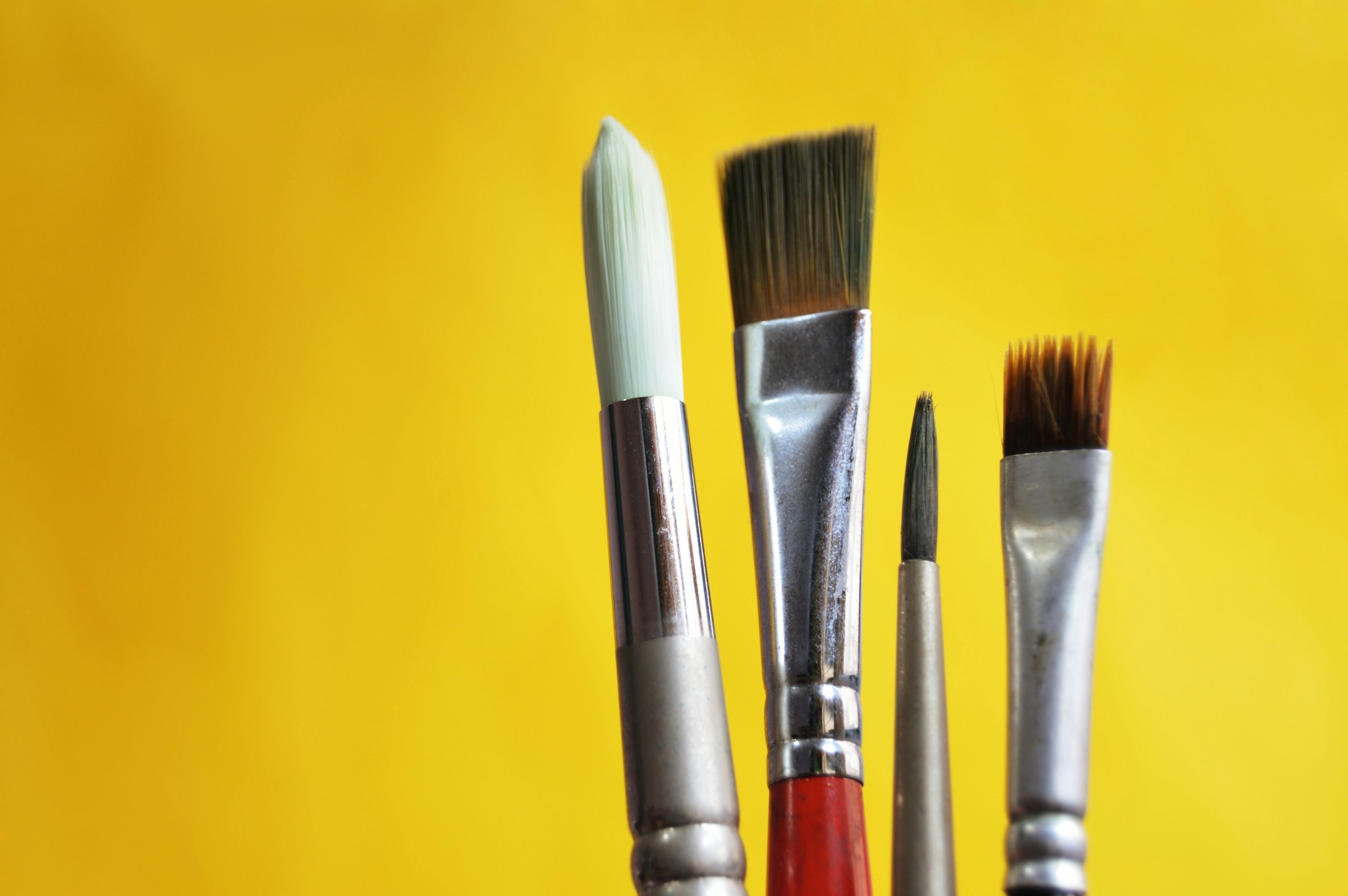There are times when a part has to be robust enough to handle several design feature variations and/or iterations. This would be the case when creating starter parts or master models that give the designer a starting point for a complex design. A master model is critical if the parts he designs always have the same basic features, but the details of those features vary. The most obvious case would be a plate that has variable length, width, and height, as well as possibly having some holes whose locations or sizes can change where each of the values can be handled by global parameters. What if you need to change the geometry of a body or feature, but don’t want to have repetitive layout features or want to avoid a complex tree structure? You use a geometric parameter of course! This article will walk you through the use of these geometric parameters to solve this problem.
Note: To recreate this exercise, your CATIA package will need to have the Knowledgeware Advisor (KWA) workbench. It will also be assumed that you know how to easily create geometric sets, parameters, formulas, and rules.
The example described is a simple pan head screw that will have different types of heads or tool slots. It exemplifies a flat, Phillips, hex, star, and random swirl shape to show the extreme variations that can be created.
To begin with, it assumes that you’ve already created an existing part, but you don’t have the ability to add much variation to that part without a considerable amount of design or manipulation time. The first thing you’ll need to add is a variable to trigger the change you want to create. In the example, a String parameter named “PROFILE” was created with multiple values (Flat, Phillips, Hex, Torx, and Swirl-E-Bob). The different values of this parameter will determine which sketch is used to populate the curve parameter, but don’t get too far ahead of it!
The next parameter that needs to be created is a CURVE parameter. This parameter can be found near the bottom of the parameter list and is surrounded by other geometric parameters including Surface, Plane, Circle, Line, and Point. A geometric parameter is like any other parameter and can be thought of as an empty placeholder for a specific unit. Usually, a parameter isn’t very useful until it has a specified value. In the case of a geometric parameter, the value or unit is a shape of geometry; therefore, the value of a curve parameter can be a sketch, spline, polyline, or any other form of wireframe geometry.
Now that the trigger and placeholder have been created, the curve parameter values need to be created. These values will be sketches in the bolt example, but they can be anything that can be described as a curve. Five sketches were created and each was named according to the profile being created: Straight, Cross, Hexagon, Star, and Spiral. The naming is done to make it easier to identify the profiles and I would highly recommend naming them logically, but it’s not necessary as each sketch has its own owner name by default.
Once the values are created, the curve parameter must be populated with the values (Sketches) you created. You will need to switch to the Knowledgeware Advisor (KWA) workbench and create a rule. In the rule, you will need to create a conditional statement that will drive the curve parameter. The syntax of a conditional statement in KWA is as follows:
if variable == value
{stock}
Otherwise if variable == different value
{other action}
This can be built with additional nested conditions, but for simplicity we’ll just use one condition and one result. In the example, the rule says the following:
IF PROFILE == “Flat”
{
ProfilesShape = ProfilesStraight
}
ELSE IF PROFILE == “Phillips”
{
ProfilesShape = ProfilesCross
}
ELSE IF PROFILE == “Hex”
{
ProfilesShape = ProfilesHexagon
}
ELSE IF PROFILE == “Torx”
{
ShapeProfiles = StarProfiles
}
ELSE IF PROFILE == “Swirl-E-Bob”
{
ShapeProfiles = SwirlProfiles
}
To break this down, we’ll look at each line of the first condition.
- “PROFILE” is the name of the string parameter that was created for the trigger.
- “==” means “is equal to”. “<>” can also be used if you are determining if something is “NOT equal”.
- “Plane” is one of five “PROFILE” multiple values that were assigned to determine which sketch would be used to evaluate the curve parameter. “Shape” is the name of the curve parameter and “Profiles” is the name of the geometry set that contains all the geometry, so the name is ProfilesShape.
- “Straight” is the sketch name that corresponds to the “Flat” screw head type. It is also in the “Profiles” geometry array, so the name is ProfilesStraight.
Now that the curve parameter is populated, you’ll notice that the icon has changed to a formula and is ready to be used to build geometry. In the bolt example, it was used as a sketch profile of a deck that was cut out with a slot feature and those features were inserted into a separate part body, and that body was subtracted from the main bolt part body. Sounds complicated, right? You can simply use your curve parameter as the profile of a pad, pocket, or any number of surface or part features you need to create. This is just one of the many ways a valued curve parameter can be used.
Using this method will make your designs more robust as you can create different control points, different sketch planes, split surfaces, sketch profiles, directional axes or lines, or almost any type of control geometry to initiate complex design changes. Take the information here and expand to reduce design and handling time, increase productivity, and make your designs stronger and more powerful.



